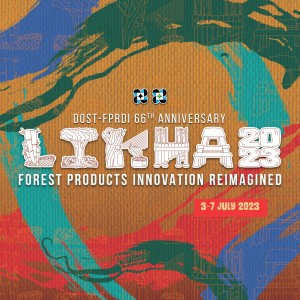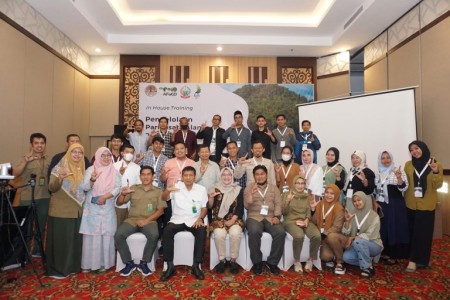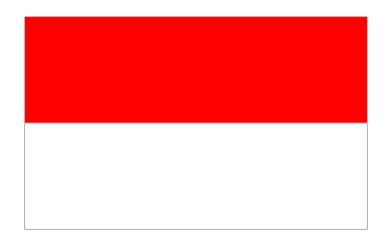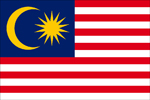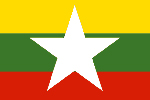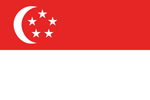Species and Distribution of Bamboo in Indonesia Indonesia | 09/10/2025
Species and Distribution of Bamboo In Indonesia
by: Ir. I.M. Sulastiningsih, MSc.
Forestry Engineering and Forest Product Processing Research Center (FEFPProc),Bogor, Indonesia
Bamboo in Indonesia is one of the most important non wood forest product and has long been recognized as a multi-purpose plant. People, especially those who live in villages, use bamboo in their daily lives for construction materials (village houses, bridges), furniture, household utensils and handicrafts. Bamboo is also used to mark village boundaries and to control erosion along riverbanks. While bamboo shoot especially Dendrocalamus asper shoot is used as vegetable. Bamboo is found in natural forest, plantation forest and in unique types of agroforest called pekarangan (Javanese term) in many villages of Indonesia (Yudodibroto, 1987).
The occurrence of bamboo in Indonesia extends from peat swamp area up to the highland at the altitude of 2500 m. however, the bamboo forest is mostly found in the disturbed forest except Dinochloa spp. which grow well in the primary and dipterocarp forest (Wijaya, 1998). It has also been known that there are several areas which have large bamboo forest i,e. Kerinci Seblat National Park (Sumatra), Alas Purwo National Park (Java), Meru Betiri National Park (Java), Langkat District (Sumatra), Loksado (Central Kalimantan), West Sumbawa (Lesser Sunda Island), Maros (South Sulawesi), Bukit Barisan Selatan National Park (Sumatra) etc. (Wijaya, 1998).
Wijaya (2001) stated that there are abaout 1200 – 1300 bamboo species found in the world, and Indonesia has 143 species, 60 species found in java island, and 16 species of which also grow in other island. Out of these 60 species, 16 species constitute the introduction species and unfortunately 14 species are only grown at Bogor and Cibodas Botanical Gardens.
As reported by Wijaya (1998) that the important species for the whole of Indonesia are Bambusa blumeana, Bambusa vulgaris, Bambusa maculate, Dendrocalamus asper, Gigantochloa apus, Gigantochloa atter, Gigantochloa atroviolacea, Gigantochloa hasskarliana, Gigantochloa hirtinoda, Gigantochloa kuring, Gigantochloa luteostriata, Gigantochloa nigrociliata, Gigantochloa pseudoarundinacea, Gigantochloa robusta, Gigantochloa serik, Gigantochloa tomentosa, Neololeba atra, Neololeba hirsute, Nastus elastus, Racemobambos raynaldii, Schizostachyum aequiramosum, Schizostachyum atrocingulare, Schizostachyum bamban, Schizostachyum brachycladum, Schizostachyum castaneum, schizostachyum cuspidatum, Schizostachyum glaucocladum, Schizostachyum irraten, Schizostachyum longispiculatum, Schizostachyum mampouw, Schizostachyum zollingeri and others. Whereas Sutiyono (2001) has provided a list of important bamboo species and its distribution areas in Indonesia (see attachment).
References:
Sutiyono. 2001. Jenis-jenis Bambu Terpenting di Indonesia. Makalah disampaikan pada Temu Usaha Rotan dan Bambu. Bandung, 23 -24 Agustus 2004.
Widjaja, E.A. 1998. State of the art of Indonesian Bamboo. Proceedings of training cours cum workshop 10 – 17 May 1998, Kunning and Xishuangbanna, Yunnan, China. Pp 176 – 185.
Widjaja, E.A. 2001. Identikit jenis-jenis bamboo di Jawa. Pusat Penelitian dan Pengembangan Biologi, LIPI, Balai Penelitian Botani, Herbarium Bogoriense, Bogor, Indonesia.
Yudodibroto, H. 1987. Bamboo research in Indonesia. Recent Research on Bamboo. Proceedings of the international Bamboo Workshop October 6 – 14, 1985, Hangzhou, People republic of China. Pp 33 – 44.
| NO | FILE NAME | DOWNLOAD |
|---|---|---|
| 1 | Species_and_Distribution_of_Bamboo_in_Indonesia.docx | Download |


